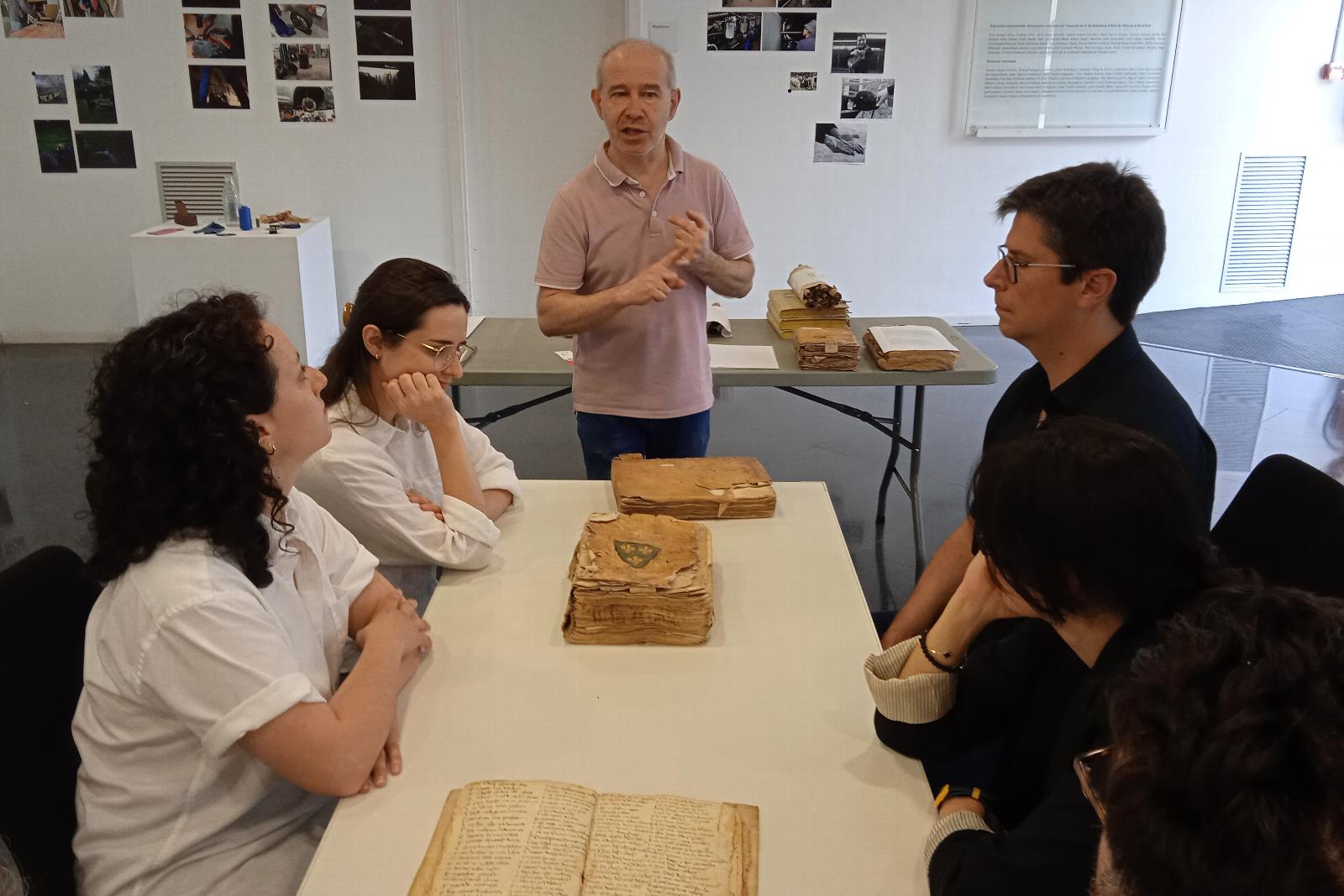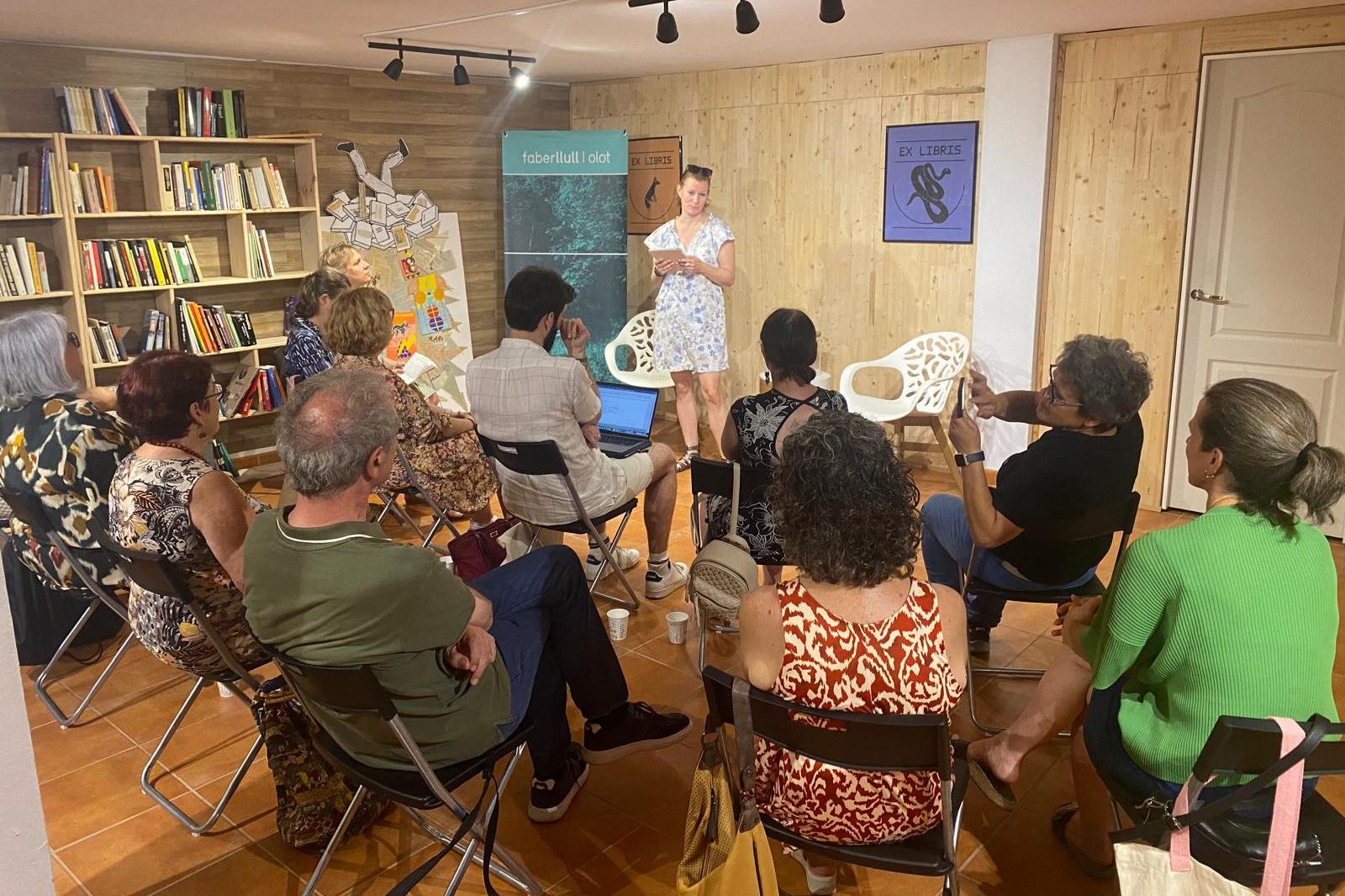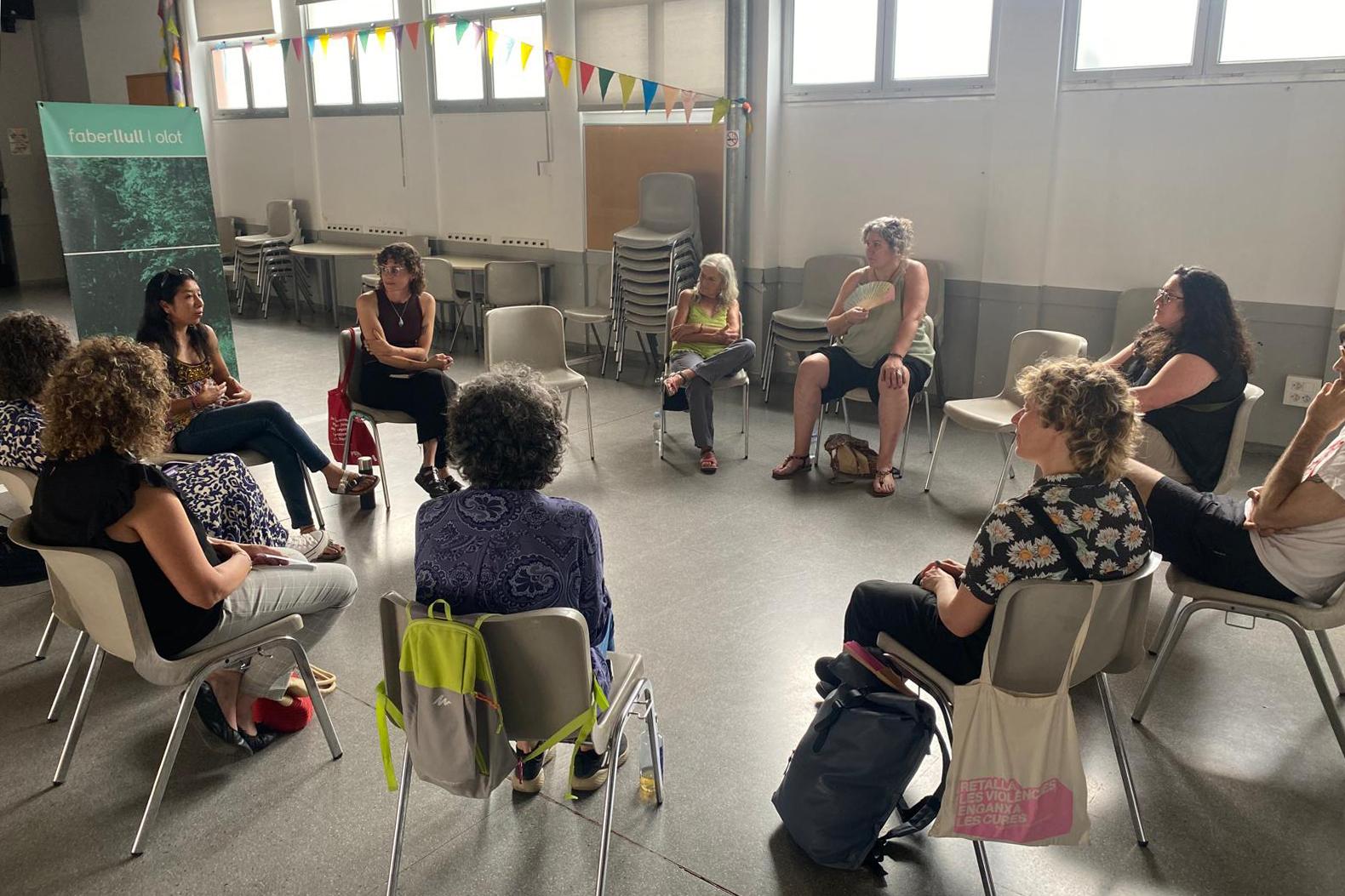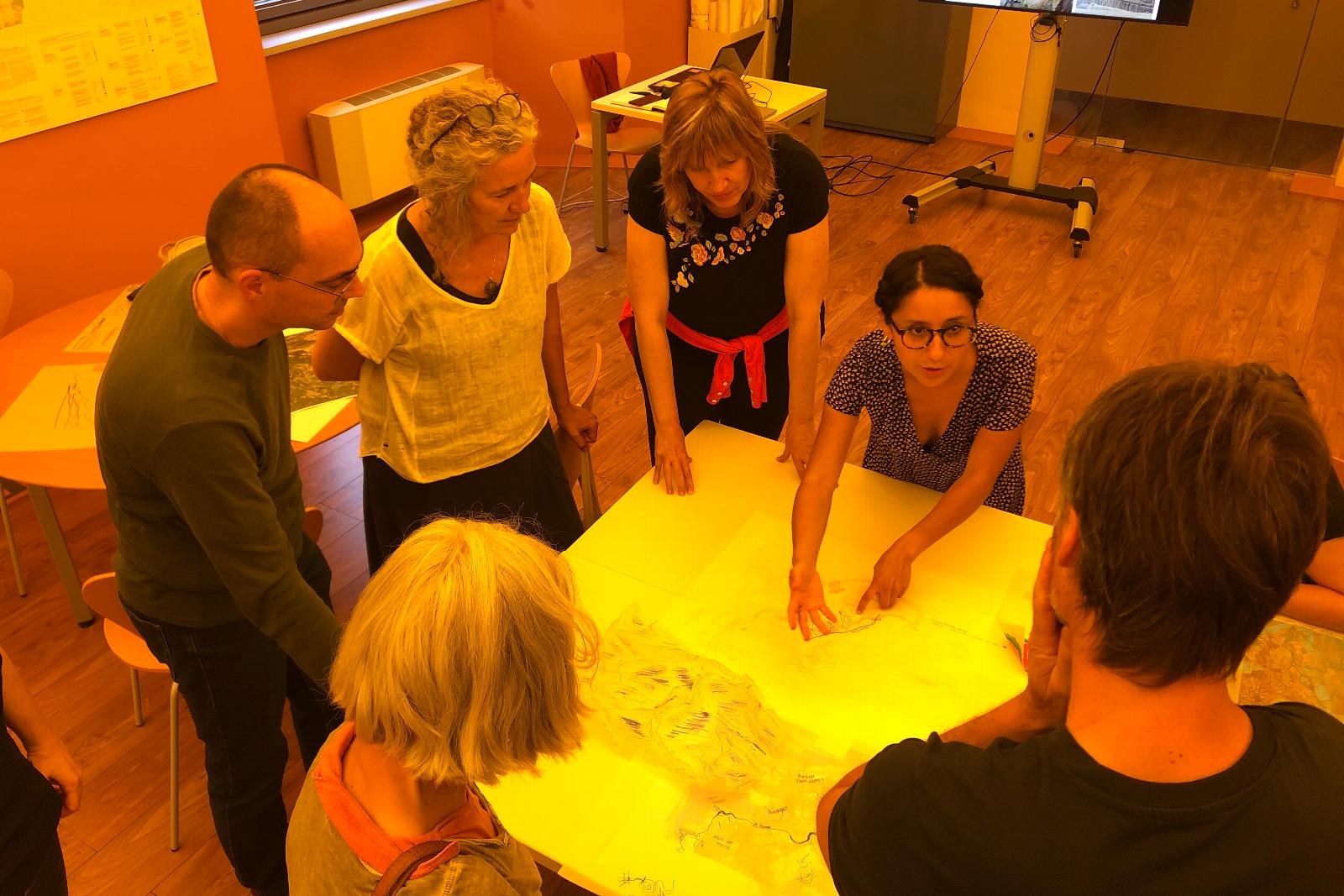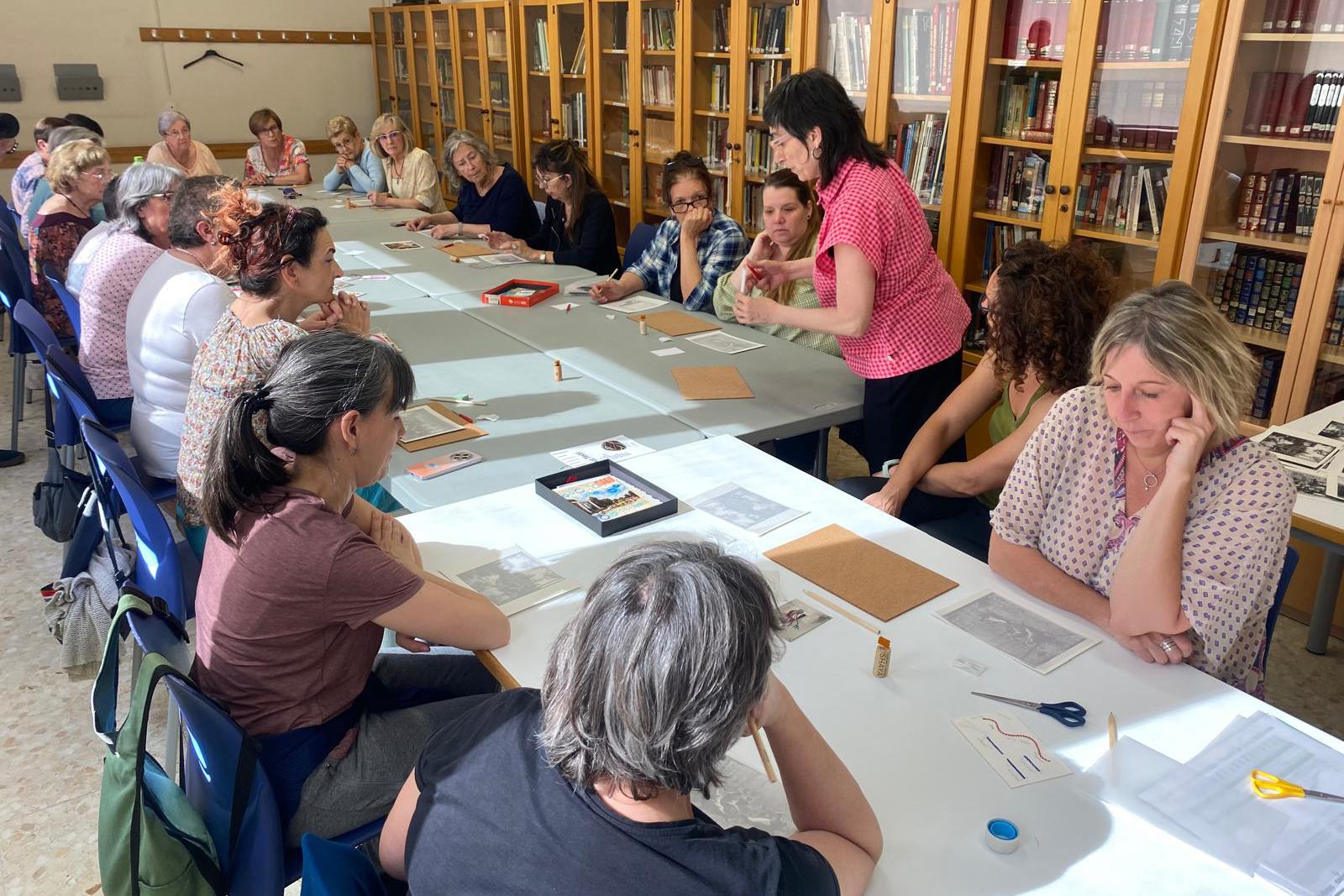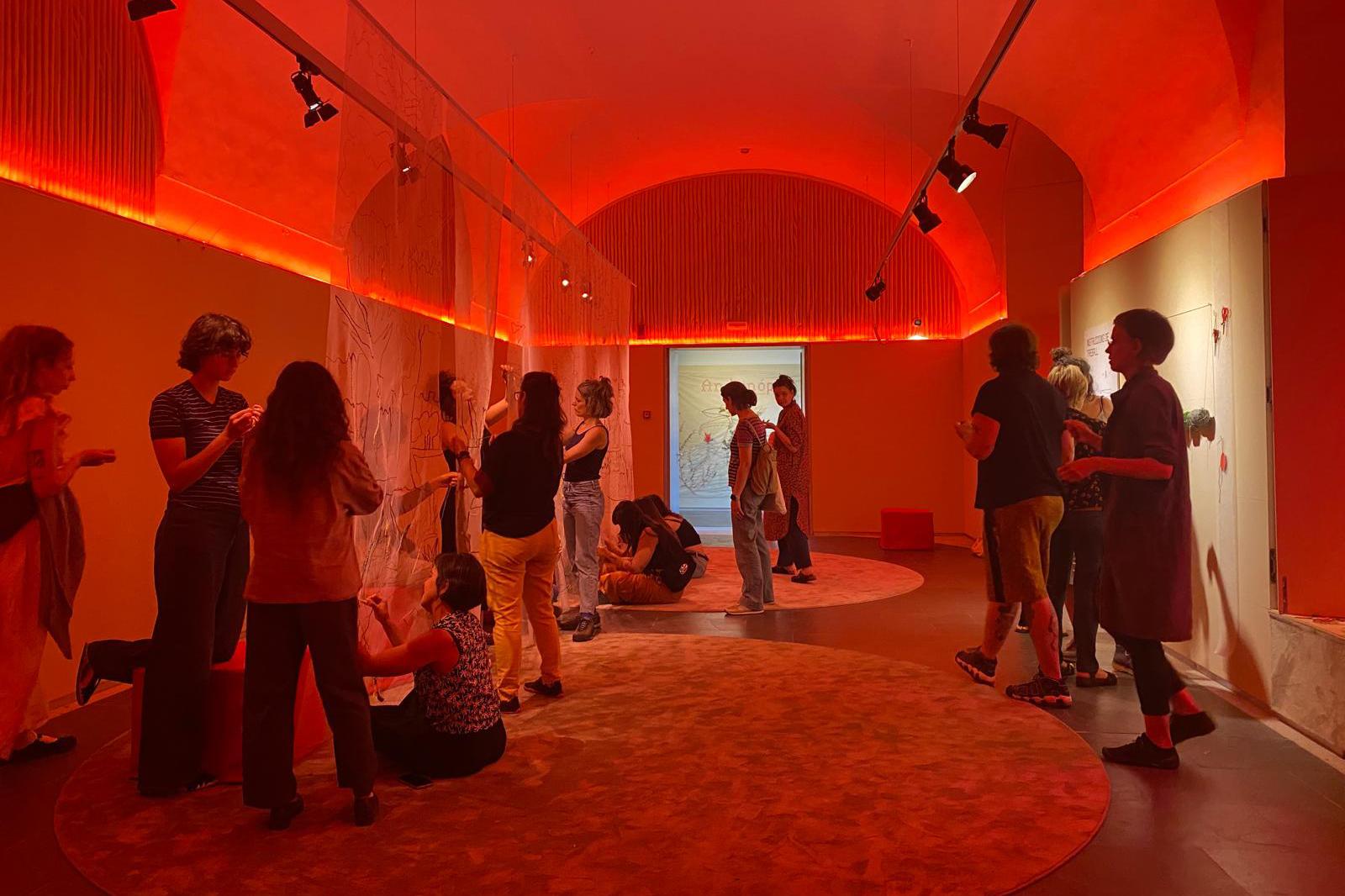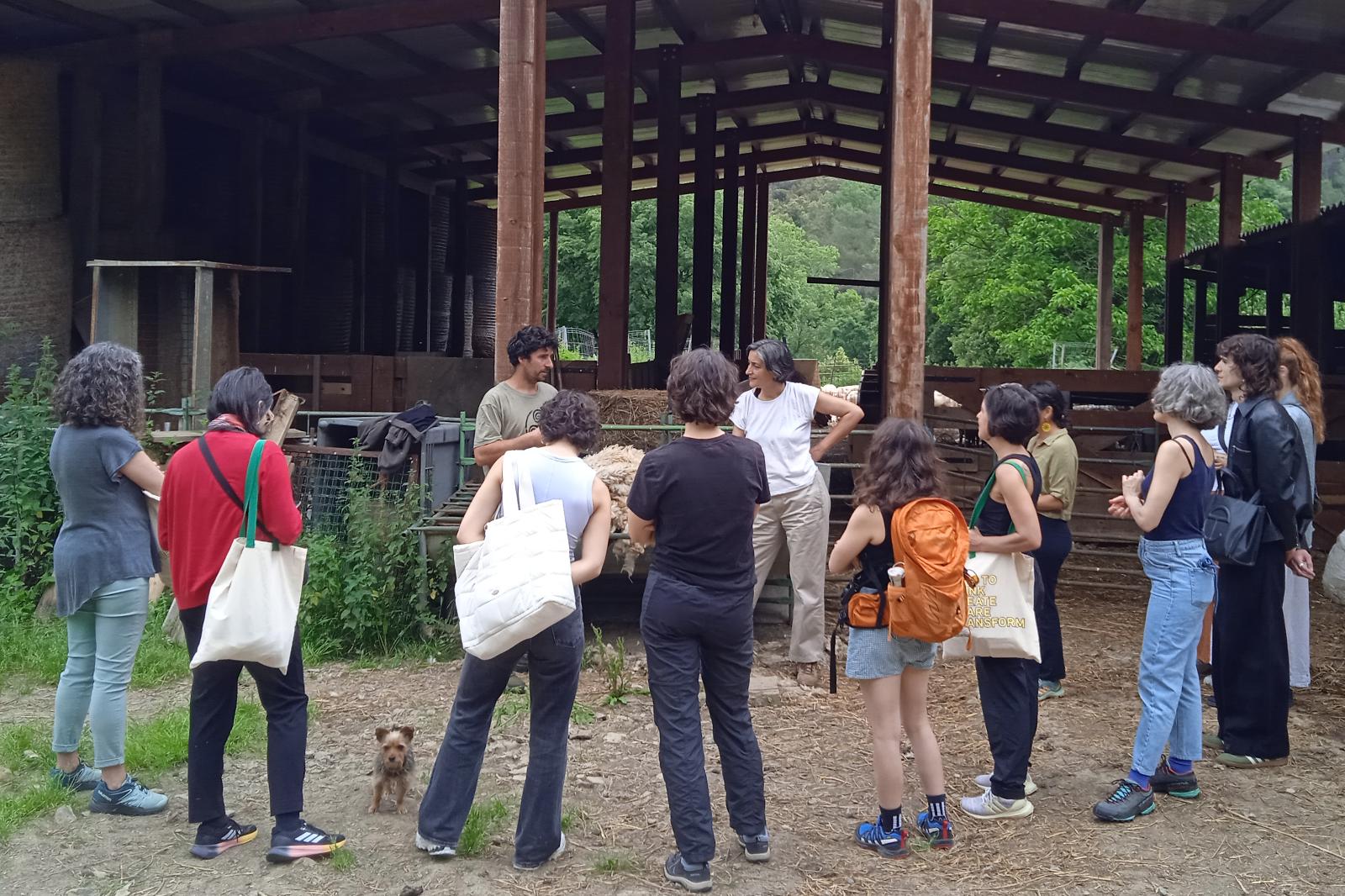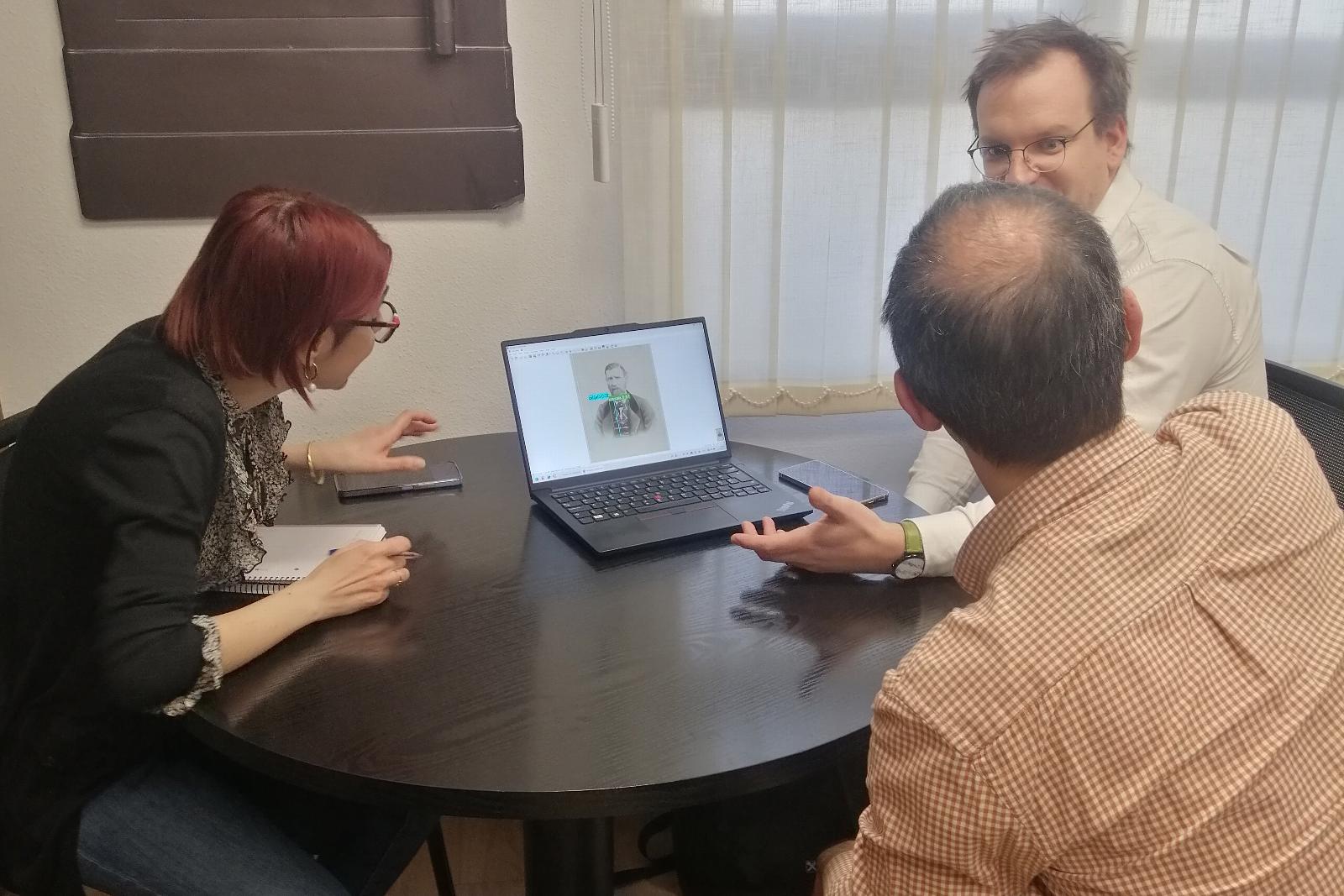Drama and Poetry Workshop by George Belliveau
Monday, 10 October 2022 , Andorra
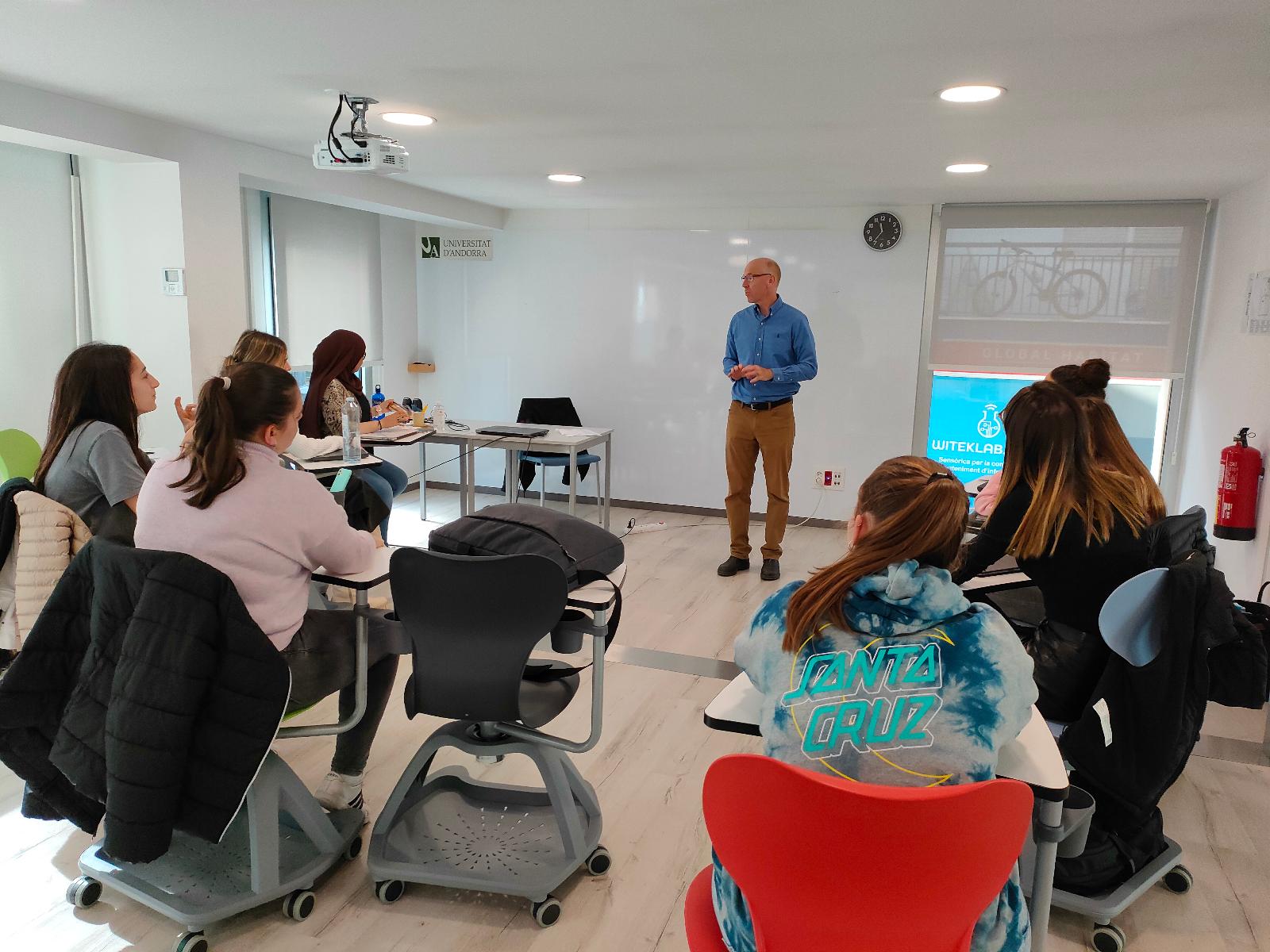
Drama and Poetry Workshop by George Belliveau

Drama and Poetry Workshop
Poetry can sometimes feel daunting for students and teachers. This session provides practical, drama-based strategies to bring poetry to life with elementary students.
This participatory, fun session will demonstrate specific drama approaches to support ways of introducing poetry in elementary contexts.
Introductory activities
Stomp – standing in a circle send the stomp around the group by lifting your left then your right and pass it along to the person beside you. You can ask the group to speed it up, then with heads up, then with eyes closed. Create your own variations.
Pass the energy – in a circle pass the energy around by clapping out to send the energy and clapping in to receive it. Eye contact is crucial and concentration. You can play with the energy … it’s hot, it can bounce, float … make it come to life.
Yes – in a circle, you point to someone else in the circle and they respond yes (giving you permission to take their place). You can only move when they say yes. The individual who responds yes will then point to someone else in the group, and once they receive the yes they in turn that person’s position …
Bringing Shel Silverstein’s poem to life through drama – Falling Up
1. Read poem together as a group – choral-like
2. Read poem using call and response – teacher reads and then participants respond
3. Students receive individual lines and play with saying their line in different ways – slowly, whisper, angry, talking to someone at a distance. They do this while walking in the space.
4. In a circle, we share each line of the poem (everyone sharing their individual line) facing out – radio-style, so people are not witnessed while they explore their line.
5. Still in a circle, we hear the entire poem again facing one another this time to get a sense of the flow and playfulness of the poem.
6. Students create a gesture, movement to explore their line and this leads to a tableau (frozen image) – we do this while walking in the space to explore possibilities.
7. In a circle we share the spoken lines along with a gesture and tableau from every student based on their poetry line/sentence.
8. We hear the text and see the gestures/tableaux again, but this time we bring the tableaux to the centre of the circle to create a sculpture of the entire poem. First person saying the first line of the poem steps into the centre of the circle with their tableau, the second person connects their tableau to the first person’s tableau, and so on … creating a collective tableau/sculpture.


